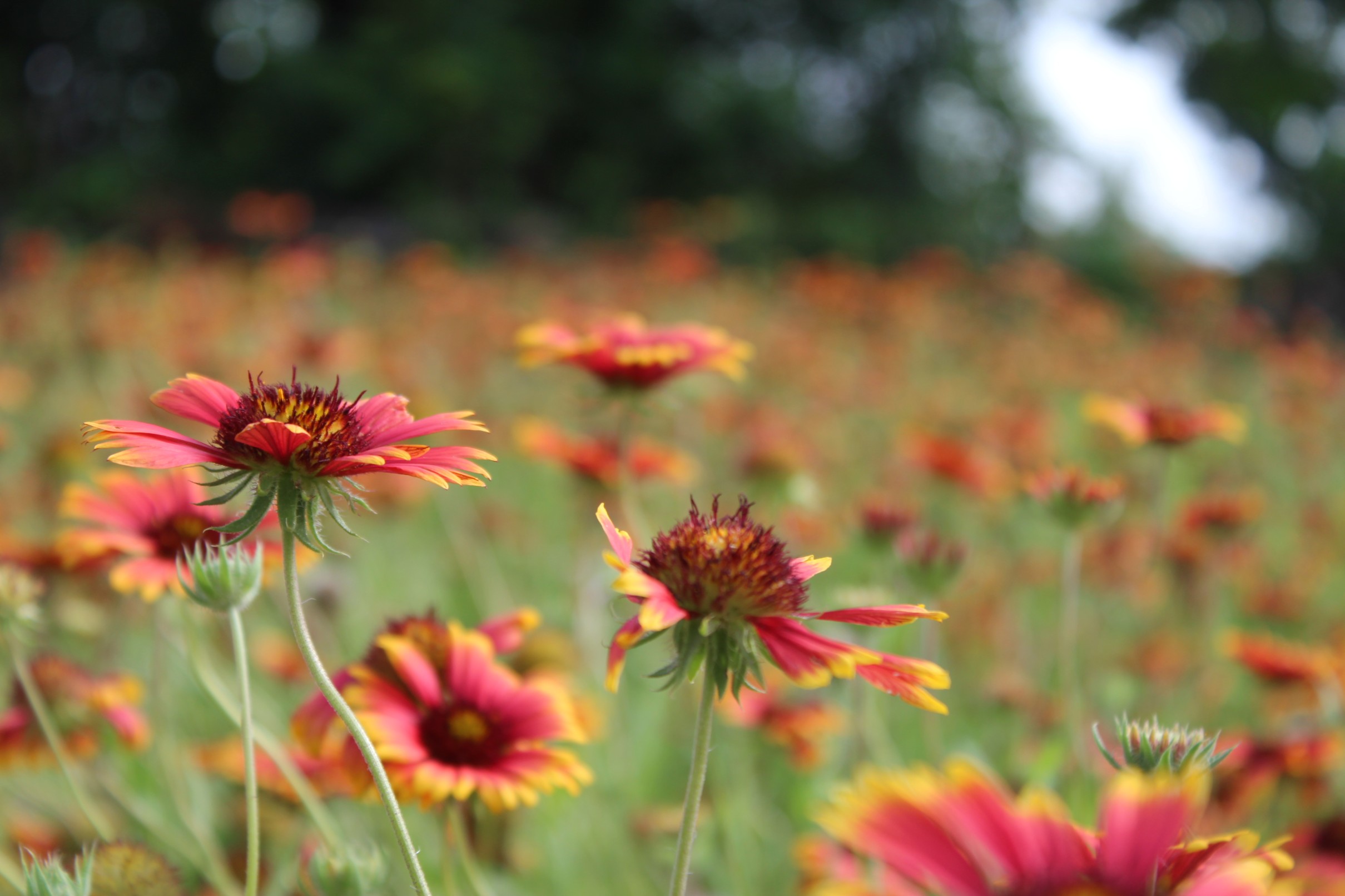Gaillardia is also known as blanket flower which comes under sunflower family and it is native to North and South America. It was named after M. Gaillard de Charentonneau.The stem is usually branching and erect to a maximum height around 80 centimetres (31.5 inches) and the leaves of the flower is alternatively arranged. The flower vary in shape and can be of almost any shade of yellow, orange, red, purplish, brown, white, or bi-coloured. The flowers are sometimes rolled into a funnel shape. There are many tubular disc florets at the centre of the head in a similar range of colours, and usually tipped with hairs. There are different types of species of Gaillardia found.

How to Grow?
Gaillardia is easy to grow, with richly coloured, daisy-like flower. The flower can reseed and sprawl through the garden. The flower needs full sun exposure and well-draining soil of pH: 6.1 to 6.5. We have to avoid clay soil because it will kill the plant. Give water to the seeds frequently (in alternative days) until you see the flowers grown up from seeds. Once established, Gaillardia is extremely drought tolerant. It can go without watering unless there are extremely hot and dry conditions, then it’s best to water the flower once or twice per week. You can sow the seeds in the spring, but they may not flower the first year. Get a head start by sowing in late summer and protecting the young plants over the winter.
Use of Gaillardia Flowers
The Gaillardia flower varieties makes excellent cut flowers and also attract butterflies,small birds, like finches;etc. These flowers are short-lived and it is best to divide the plants in every two to three years, to keep them going and they are such long bloomers which can work equally well in borders and containers. Blanket flower does not require deadheading to keep blooming. Blanket flower plants are usually problem-free, but they are affected to aster yellows, a virus-like disease that can exploit their growth and cause the flowers to be green.


Aster yellows is spread by leaf-hoppers and aphids, so the best thing to do is to encourage predators, like ladybugs. You must have enough natural predators around to keep the plant live. Otherwise, spray some insecticidal soap which helps to ward off the pests.
